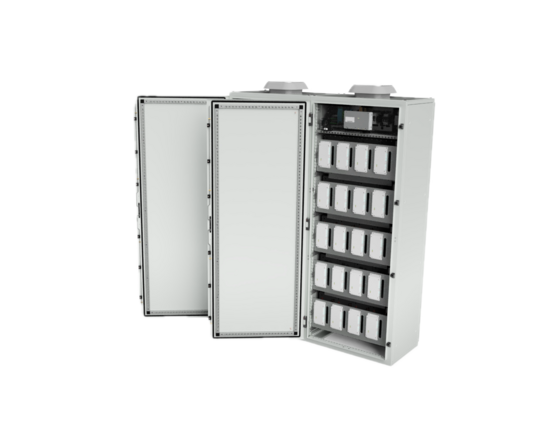Second life energy storage
Since 2021, Nano Power has been part of the ARV project consortium, funded by the European Union under the Horizon 2020 program. The goal of the project is to demonstrate a climate-positive approach in communities across Europe. The project is built on three pillars - Integration, Circularity, and Simplicity.
Integration addresses the challenge of creating efficient buildings that either do not find users due to high costs or do not meet user needs due to low costs. This pillar focuses on architectural quality, affordability, and user satisfaction by centering on people, buildings, and community energy systems.
Circularity is a relatively new concept in the construction industry but is crucial for sustainability as one of the key sources of material consumption, expected to grow by 50% in the next 40 years. This sector is also responsible for generating 35% of all EU waste. The ARV project addresses this issue by exploring effective renovation and construction of buildings through systematic application of the EU Circular Economy Principles for Buildings design.
Simplicity means simple solutions that bring significant benefits. They are robust, easy to implement, cost less by using fewer materials, are easier to understand and use, consume less energy over their lifecycle, and are less risky projects.
Nano Power is particularly involved in the Integration and Circularity pillars by using batteries that were initially intended for another purpose, extending their lifespan by many years.

Second Life Batteries
Second Life Batteries are those that have already served in one application and are now being reused in another, where they can still function as an energy source. They can be used in the same form as in the original application or reconfigured using some components, especially battery cells.
In our project, Nano Power used batteries from fast-charging electric buses from the city of Umeå in Sweden. The electric buses from the manufacturer Hybricon Bus Systems AB were decommissioned between 2020 and 2021 and were destined for scrapping. Nano Power took the opportunity to reclaim the traction batteries from these buses. The traction batteries were assembled in battery packs using LTO 24V 60AH battery modules, with each vehicle using a total of 56 such modules.
These battery packs had to be disassembled into components, and the battery modules were tested. Testing measured the capacity of the battery modules and other electrical parameters such as internal resistance, high current tolerance, etc. Based on the results, Nano Power sorted the modules for further use or ecological recycling. For the ARV project, not only battery modules but also other components from the original traction batteries, including wiring, battery management systems (BMS), electrical power elements such as contactors and fuses, connectors, and more, were used. Nearly 80% of the material from the original traction batteries was reused.
Battery Storage
As mentioned at the beginning, the ARV project focuses on positive energy systems in buildings. This is demonstrated across the EU in sub-projects called demosites. In the Czech Republic, an example is the Karviná Polyclinic, where part of the building is being converted into a Positive Energy Building. Simply put, this means that part of the polyclinic building will produce more energy than it consumes.
Nano Power's role is to supply the battery storage system that will utilize excess energy from the photovoltaic power plant and provide energy when the photovoltaic plant is not producing.
For this purpose, a new battery cabinet was developed to house the battery modules and other components. The total capacity of the storage is 50 kWh and can be used within the range of 0-100%. Based on the testing and sorting of battery modules, the expected lifespan of the Second Life battery storage is 10+ years. The residual capacity of the modules at the time of testing was more than 90% for all modules.
Thanks to the ARV project, this solution can be applied in other similar projects requiring daily cycling at full depth of discharge (DoD). The battery cabinet allows installation both indoors and outdoors, as it is certified to IP54.
